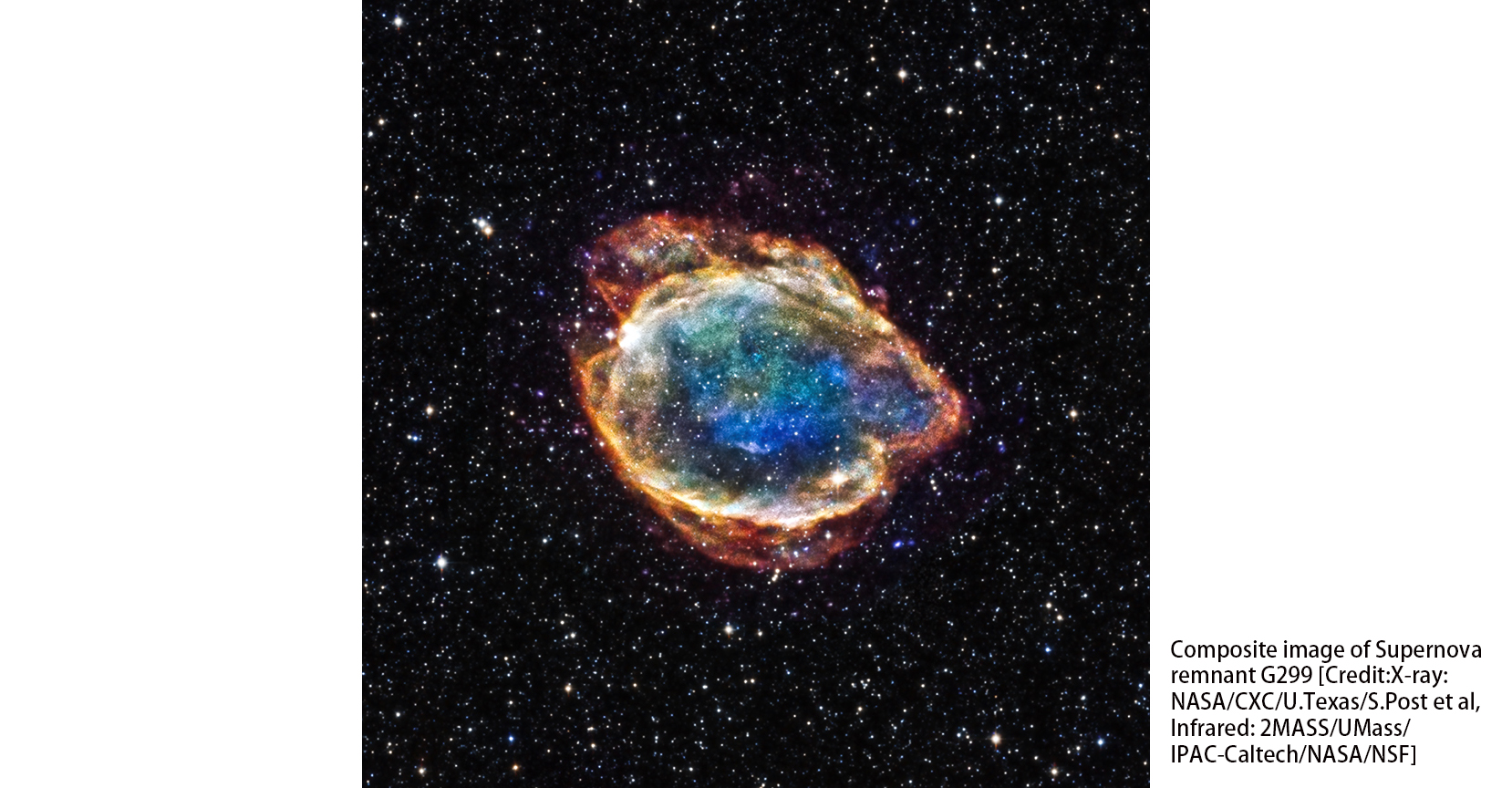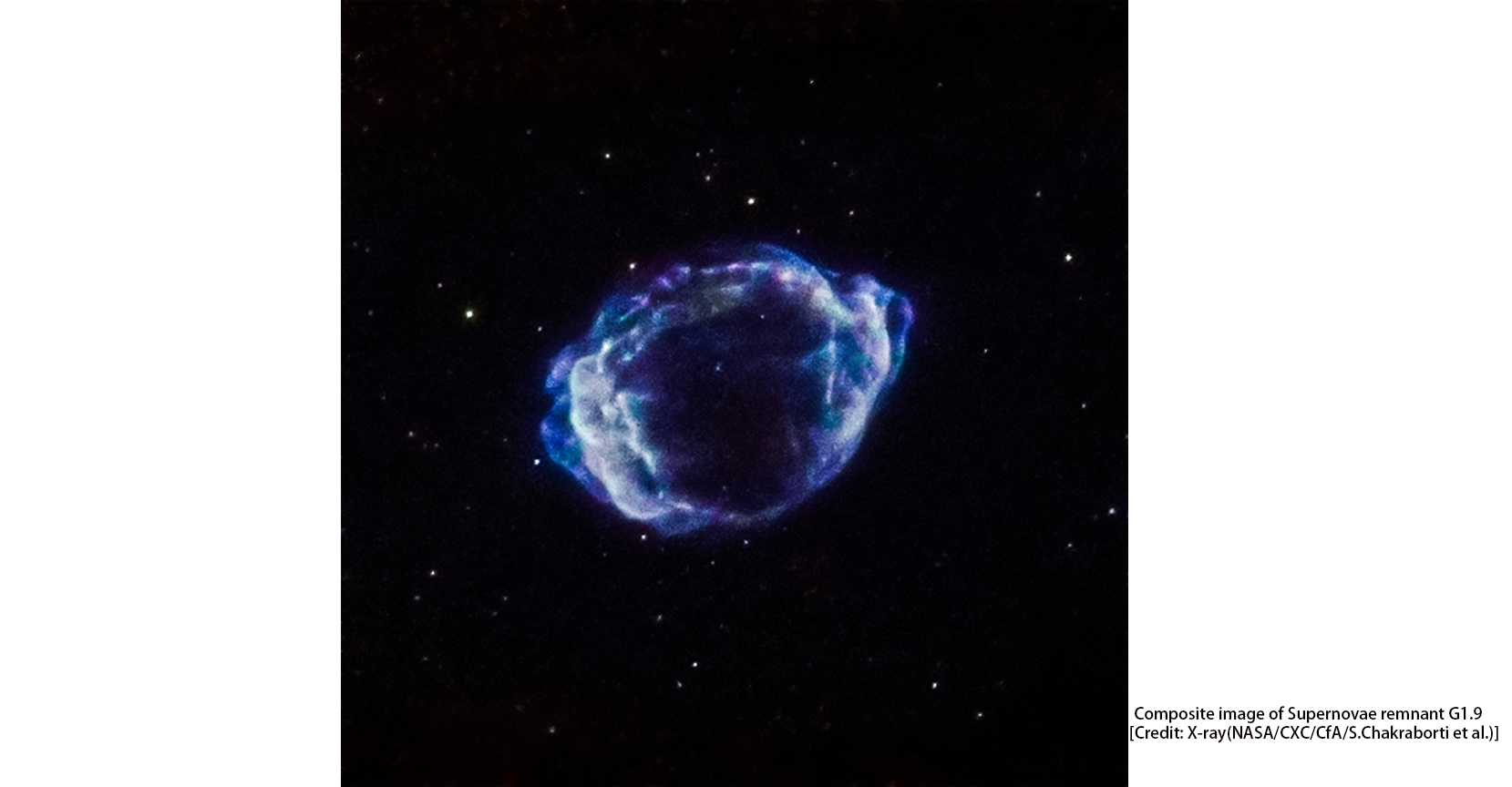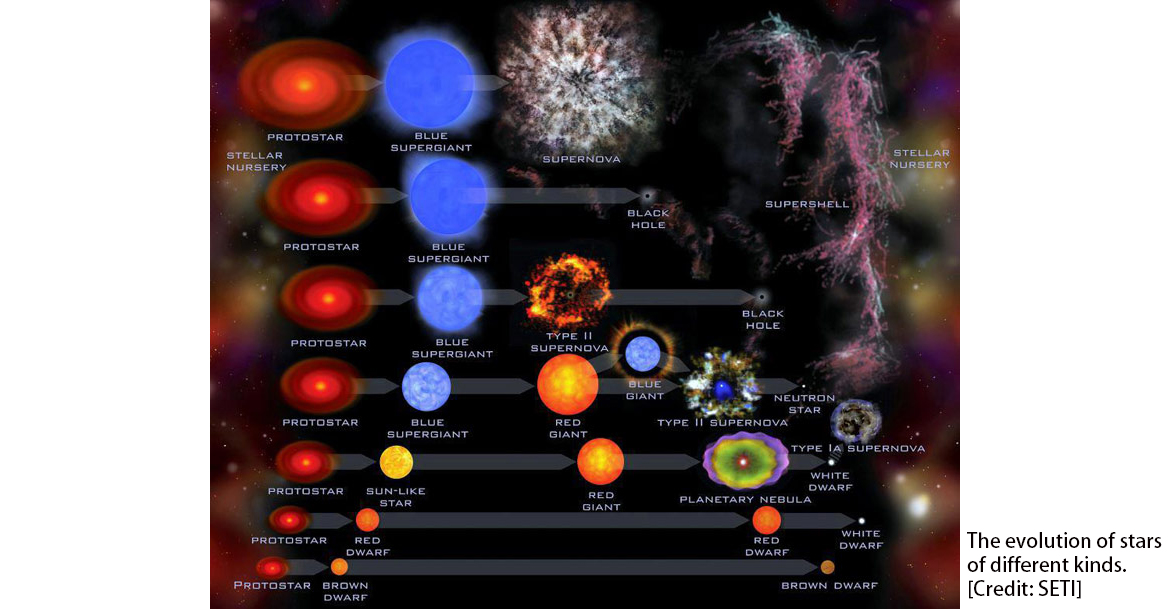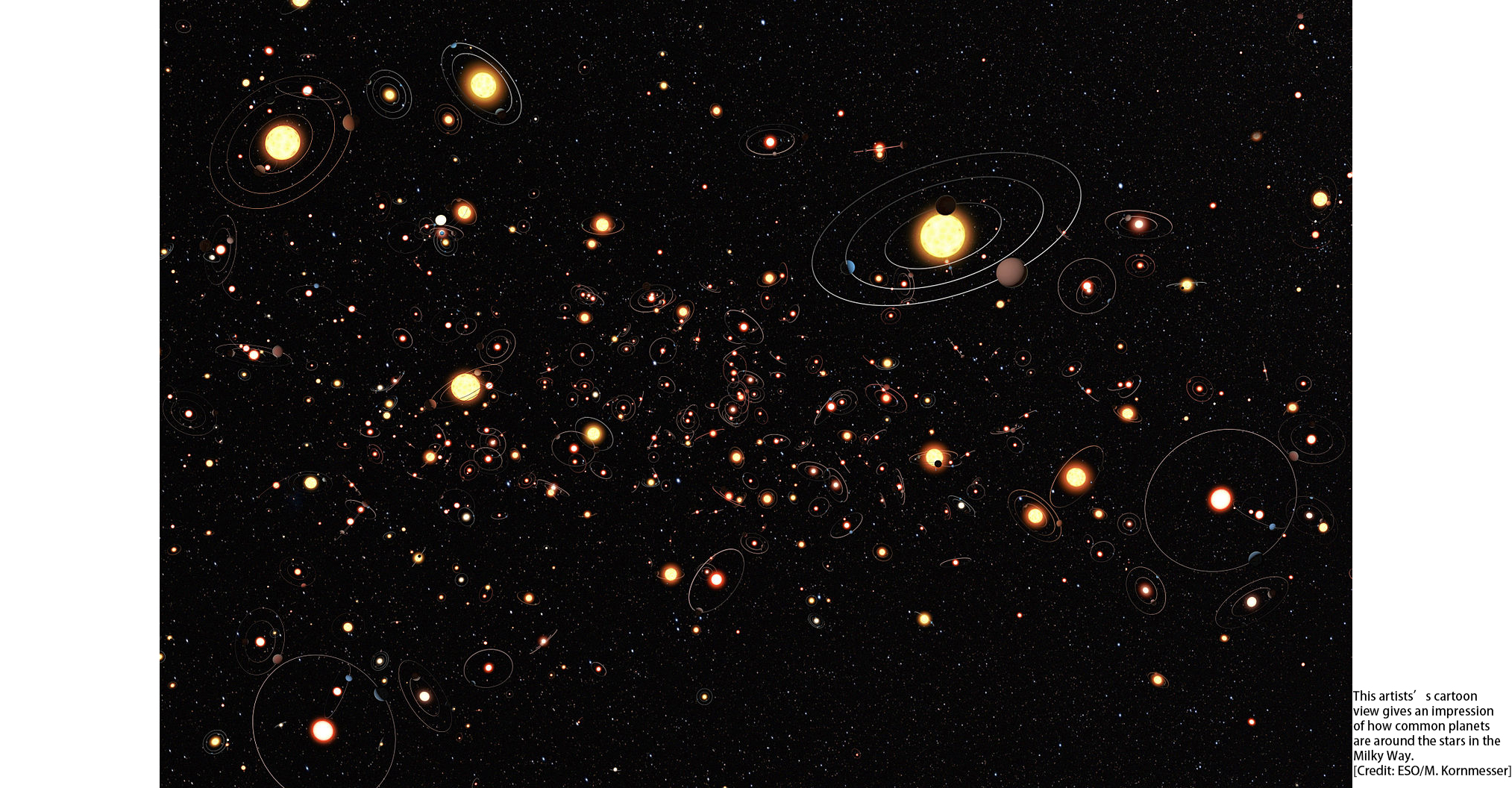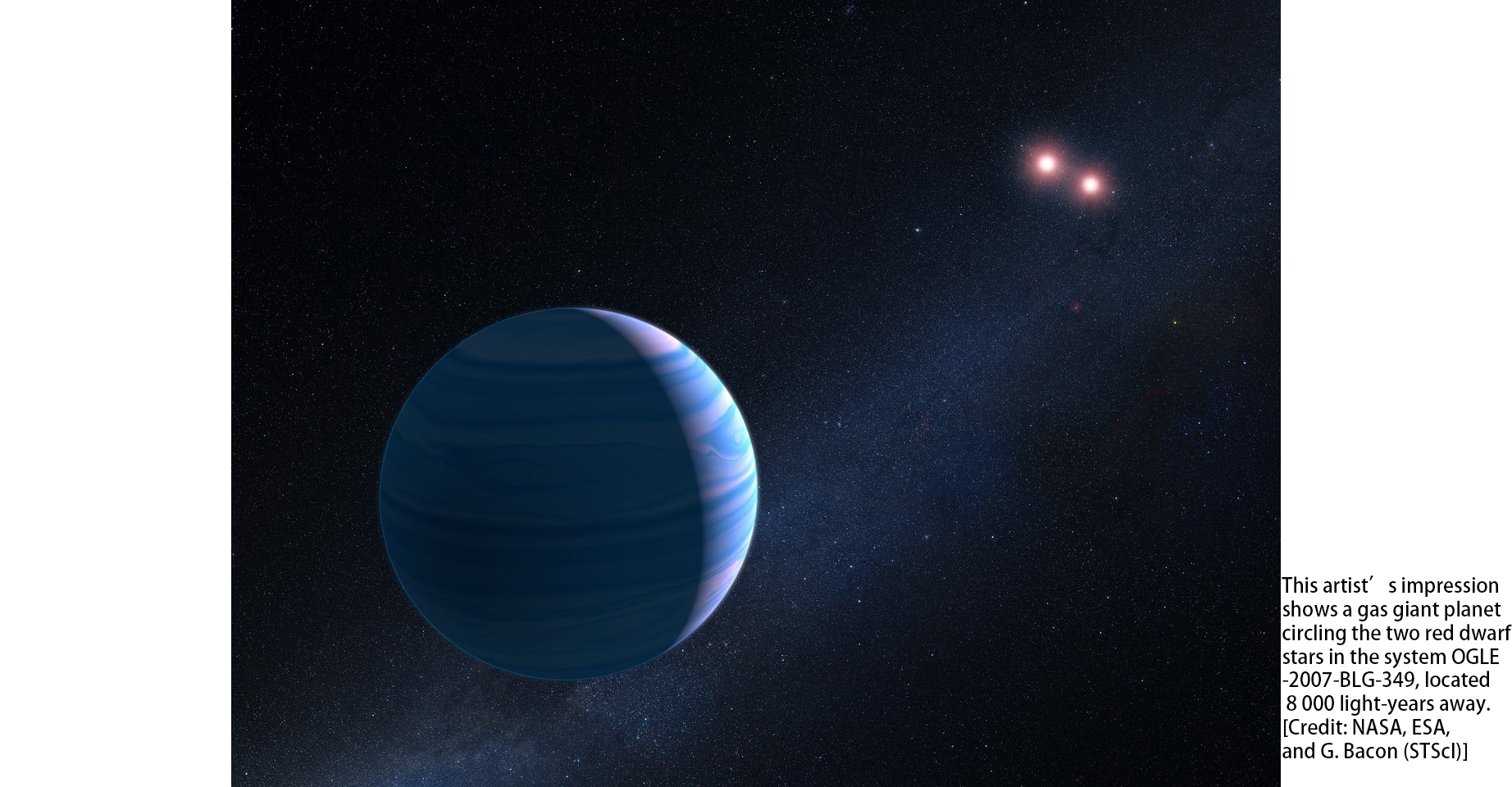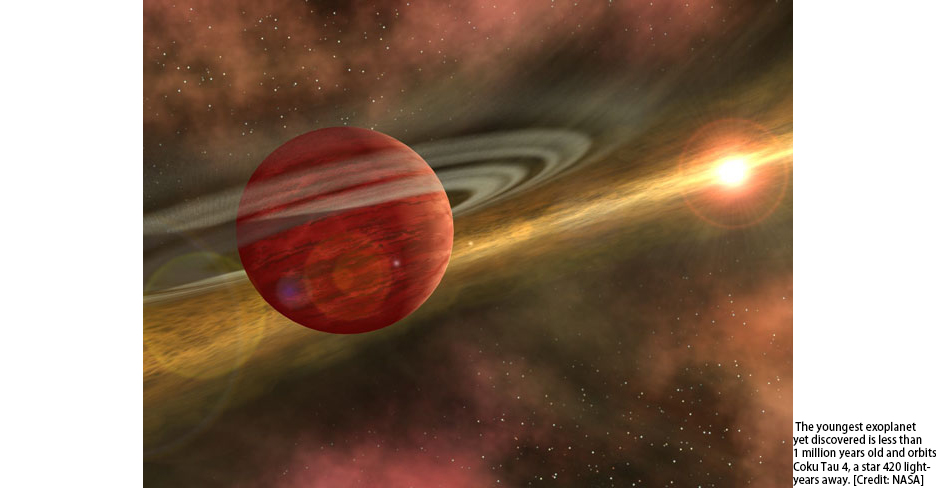Time domain astronomy is the study of how astronomical objects, especially those beyond the Solar System, change with time. This may be due to movement or changes in the object itself. Common targets included are supernovae, novas, flare stars, blazars and active galactic nuclei. Visible light time domain studies include HAT-South, the Large Synoptic Survey Telescope, PanSTARRS, SkyMapper, the Wide Angle Search for Planets and the Catalina Real-time Transient Survey. In radio astronomy the LOFAR is looking for radio transients. Radio time domain studies have long included pulsars and scintillation. Cherenkov Telescope Array, eROSITA, Fermi, HAWC, INTEGRAL, MAXI, Swift Gamma-Ray Burst Mission and Space Variable Objects Monitor will look for transients in X-ray and gamma rays. Gamma ray bursts are a well known high energy electromagnetic transient. Challenges include handling a huge amount of data storage and transfer, data mining techniques, classification, and heterogeneous data.
Stellar evolution is the process by which a star changes over the course of time. Depending on the mass of the star, its lifetime can range from a few million years for the most massive to trillions of years for the least massive, which is considerably longer than the age of the universe. All stars are born from collapsing clouds of gas and dust, often called nebulae or molecular clouds. Over the course of millions of years, these protostars settle down into a state of equilibrium, becoming what is known as a main-sequence star. Nuclear fusion powers a star for most of its life.
Initially the energy is generated by the fusion of hydrogen atoms at the core of the main-sequence star. Later, as the preponderance of atoms at the core becomes helium, stars like the Sun begin to fuse hydrogen along a spherical shell surrounding the core. This process causes the star to gradually grow in size, passing through the subgiant stage until it reaches the red giant phase. Stars with at least half the mass of the Sun can also begin to generate energy through the fusion of helium at their core, whereas more-massive stars can fuse heavier elements along a series of concentric shells. Once a star like the Sun has exhausted its nuclear fuel, its core collapses into a dense white dwarf and the outer layers are expelled as a planetary nebula. Stars with around ten or more times the mass of the Sun can explode in a supernova as their inert iron cores collapse into an extremely dense neutron star or black hole.
An exoplanet or extrasolar planet is a planet outside the Solar System. The first confirmed detection occurred in 1992. As of 1 April 2019, there are 4,023 confirmed planets in 3,005 systems, with 656 systems having more than one planet. There are many methods of detecting exoplanets. Transit photometry and Doppler spectroscopy have found the most, but these methods suffer from a clear observational bias favoring the detection of planets near the star; thus, 85% of the exoplanets detected are inside the tidal locking zone. In several cases, multiple planets have been observed around a star. About 1 in 5 Sun-like stars have an "Earth-sized" planet in the habitable zone. Assuming there are 200 billion stars in the Milky Way, it can be hypothesized that there are 11 billion potentially habitable Earth-sized planets in the Milky Way, rising to 40 billion if planets orbiting the numerous red dwarfs are included.
The discovery of exoplanets has intensified interest in the search for extraterrestrial life. There is special interest in planets that orbit in a star's habitable zone, where it is possible for liquid water, a prerequisite for life on Earth, to exist on the surface. The study of planetary habitability also considers a wide range of other factors in determining the suitability of a planet for hosting life.



